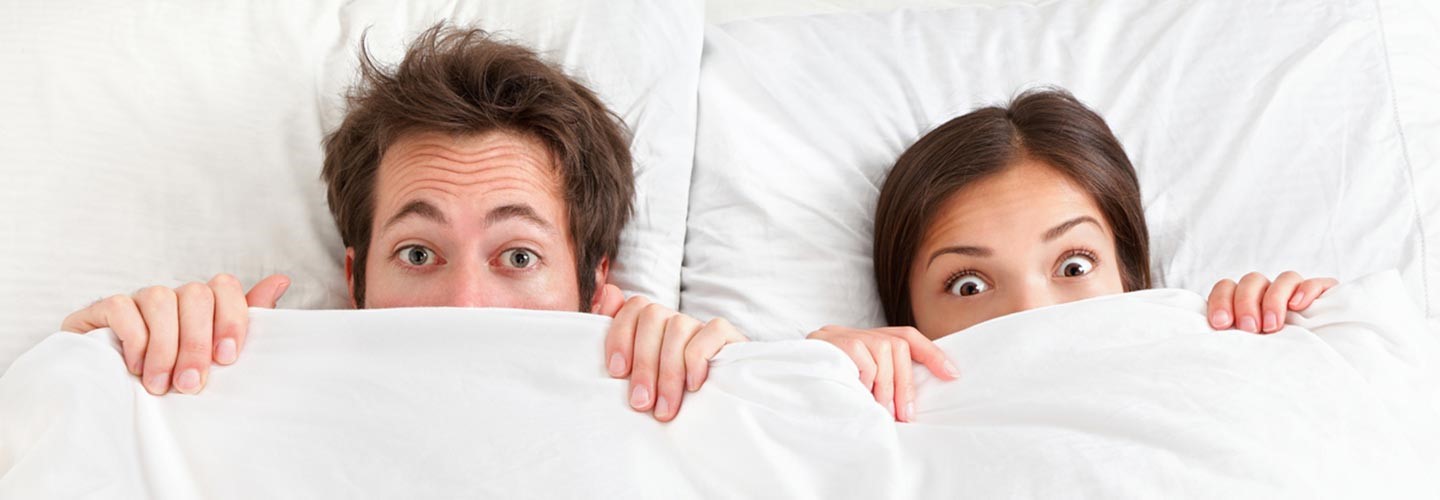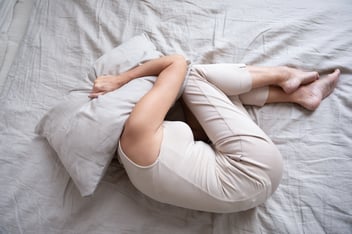Which is Healthier – More Sleep or Better Sleep? The Answer May Surprise You
- Home
- Blog

Most of us are aware that depression and anxiety can make for a bad night’s sleep, and everyone knows that a fitful night makes for a snarky day. Nowadays, many of us are making a concerted effort to get 7-9 hours of sleep, but even if we do get enough sleep, sometimes our mood does not improve and we still feel tired and cranky. For decades, sleep scientists have measured one’s quality of sleep using specific indicators, but whether these measures meant good or poor sleep, has never been universally agreed upon. For example, if it takes 45 minutes to fall asleep (time to fall asleep is an established indicator) does this amount of time relate to whether your sleep quality is poor or good? Find out by reading more!
This past December, the National Sleep Foundation (NSF) published a report on what “indicators” are best to measure the quality of sleep and then, most importantly, what those results mean for your health. The report explains the impetus behind the need for this research because of “a rapid increase in public awareness of sleep as an important component of health and overall well- being.” Millions are now using technology such as FitBit®, Jawbone UP3®, and Sense® to track sleep as part of their wellness regimen. These devices are developed with established indicators in the sleep research field, but were brought to market before scientists had agreed upon which indicators gave the best measure and what those indicators mean. So, what are the best indicators of sleep quality? How can we tell if our numbers mean good or poor quality sleep that translates into an impact on our overall health and well being?
The Quality Indicators and What They Mean
Here are some of the results from the report below. These indicators of the quality of sleep were all considered important measures.
- Sleep Latency – This is simply the time it takes to fall asleep once you get in bed. Thirty minutes or less indicates good quality sleep.
- Number of awakenings less than 5 minutes – More than three awakenings a night indicates poor quality sleep.
- Wake after sleep onset – Waking after you fell asleep, and staying awake for more than 30 minutes indicates poor quality sleep.
- Sleep efficiency – This is simply the time spent in bed vs. the time you spend sleeping. A sleep efficiency percentage of 85% or greater indicates good quality sleep. (Example: Let’s say you spend 8 hours in bed but only spend 4 hours sleeping. This would equate to a 50% sleep efficiency rating or poor quality sleep).
We should not simply stay focused on the quantity of sleep, as it is vital to consider our quality of sleep to enhance our mental and physical health. Treatment of sleep disorders and improving quality of sleep are important steps you can take to Untangle Your Brain™.
Below are suggestions I would recommend from the National Sleep Foundation to improve your sleep.
Healthy Sleep Tips
- Stick to a sleep schedule of the same bedtime and wake up time, even on the weekends. This helps to regulate your body’s clock and could help you fall asleep and stay asleep for the night.
- Practice a relaxing bedtime ritual. A relaxing, routine activity right before bedtime conducted away from bright lights helps separate your sleep time from activities that can cause excitement, stress or anxiety which can make it more difficult to fall asleep, get sound and deep sleep or remain asleep.
- If you have trouble sleeping, avoid naps, especially in the afternoon. Power napping may help you get through the day, but if you find that you can’t fall asleep at bedtime, eliminating even short catnaps may help.
- Exercise daily. Vigorous exercise is best, but even light exercise is better than no activity.
- Evaluate your room. Design your sleep environment to establish the conditions you need for sleep. Your bedroom should be cool – between 60 and 67 degrees. Your bedroom should also be free from any noise that can disturb your sleep. Finally, your bedroom should be free from any light.
- Check your room for noises or other distractions. This includes a bed partner’s sleep disruptions such as snoring. Consider using blackout curtains, eye shades, ear plugs, “white noise” machines, humidifiers, fans and other devices.
- Sleep on a comfortable mattress and pillows. Make sure your mattress is also supportive in the right places. The one you have been using for years may have exceeded its life expectancy – about 9 or 10 years for most good quality mattresses.
- Use bright light to help manage your circadian rhythms. Avoid bright light in the evening and expose yourself to sunlight in the morning.
- Avoid alcohol, cigarettes, and heavy meals in the evening. All of these can disrupt sleep. If you can, avoid eating large meals for two to three hours before bedtime. Try a light snack 45 minutes before hitting the sack if you’re still hungry.
- Wind down. Your body and mind need time to shift into sleep mode, so spend the last hour before going to bed doing a calming activity such as reading or meditating. For some people, using an electronic device such as a laptop can make it hard to fall asleep, because the particular type of light (so-called blue light) emanating from the screens of these devices is activating to the brain. If you have trouble sleeping, avoid electronics before bed or in the middle of the night.
- If you can’t sleep, go into another room and do something relaxing until you feel tired. It is best to take work materials, computers and televisions out of the sleeping environment. Use your bed only for sleep and sex to strengthen the association between bed and sleep.
- If you’re still having trouble sleeping, don’t hesitate to speak with your doctor or to find a sleep professional.
Related Information
- Learn about Genetic Testing
- Learn about Potomac Psychiatry
- Meet Our Doctors
- Contact Potomac Psychiatry
.png?width=144&height=144&name=Untitled%20design%20(34).png)



